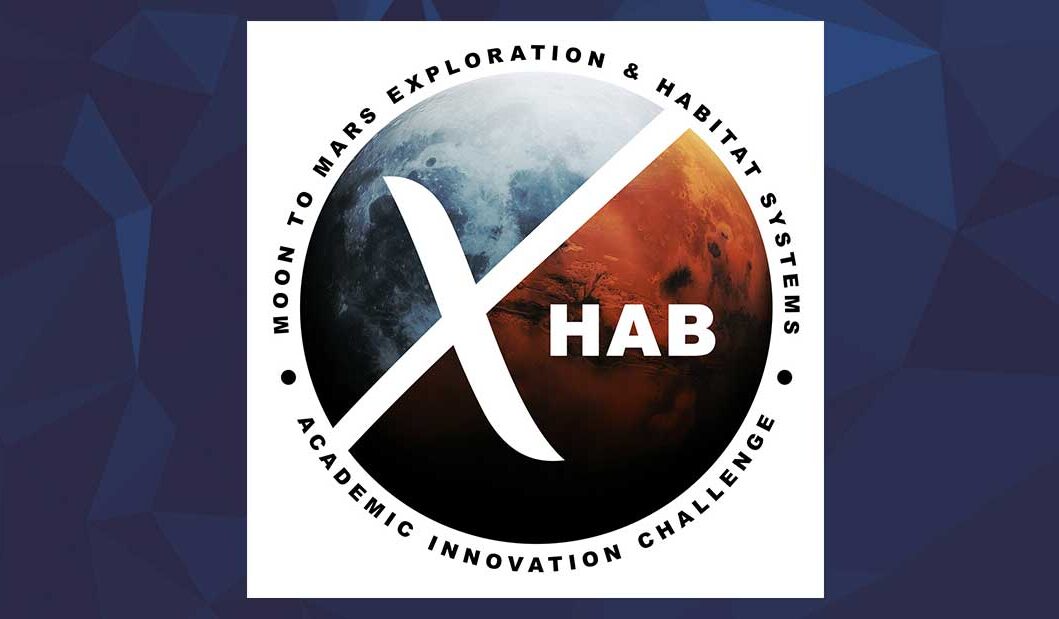
U-M BLiSS team wins NASA Moon to Mars challenge grant
The University of Michigan’s Bioastronautics and Life Support System (BLiSS) team is a student-run research team designing, building, and testing deep-space habitat prototype technology.

The University of Michigan’s Bioastronautics and Life Support System (BLiSS) team is a student-run research team designing, building, and testing deep-space habitat prototype technology.
This past week, NASA, in partnership with the National Space Grant Foundation, selected the U-M BLiSS team (Bioastronautics and Life Support Systems) to develop innovative design ideas that will help NASA advance and execute its Artemis program objectives. The selection is part of the 2021 Moon to Mars eXploration Systems and Habitation (M2M X-Hab) Academic Innovation Challenge, sponsored by NASA’s Advanced Exploration Systems (AES) division.
This is the seventh consecutive X-Hab Challenge Grant won by the U-M BLiSS team.
The team’s submission, “Voice Interactions Management of Gateway,” will focus on voice command technology.
“The goal of the Voice Interactions Management of Gateway project is to advance the knowledge and technology needed to successfully design a voice management interface for Gateway. The voice interface would include developing querying actions, such as ‘by crew’ and ‘to crew,’ along with the necessary command structures. The team’s aim is to design a system that allows the Gateway crew to communicate with Gateway through voice, and for the Gateway to efficiently and intuitively distribute information to the crewmembers. Each voice command will be accompanied by unique, intuitive, and relevant graphical interfaces to indicate that a voice command has been used. Implementation of the voice management system will serve as project validation and a final report will outline the approaches, methodologies, and testing results that shaped the final design.”
BLiSS is a student-run research team founded in 2015 at the University of Michigan by then-student Daniil Abramov to design, build, and test deep-space habitat prototype technology. The team is comprised of both undergraduate and graduate students from multiple disciplines at the university. BLiSS conducts work and research in CLaSP Prof. Nilton Renno’s lab in the Climate and Space Research Building (Department of Climate and Space Sciences and Engineering) in the U-M College of Engineering. Prof. Renno is the Principal Investigator for X-Hab projects at the U-M, and serves as the BLiSS team’s faculty advisor.
From the National Space Grant Foundation website:
“The Moon to Mars eXploration Systems and Habitation (M2M X-Hab) 2021 Academic Innovation Challenge is a university-level challenge designed to develop strategic partnerships and collaborations with universities. It has been organized to help bridge strategic knowledge gaps and increase knowledge in capabilities and technology risk reduction related to NASA’s vision and missions.”
The National Space Grant Foundation is a non-profit 501c3 organization that raises funds and supports the 52 NASA Space Grant Consortia members, including the Michigan Space Grant Consortium, which is based in the Climate and Space Sciences and Engineering department at the University of Michigan.
Congratulations, BLiSS team!
Link to NASA press release: https://www.nasa.gov/feature/nasa-selects-university-teams-to-develop-technologies-to-enhance-its-artemis-missions